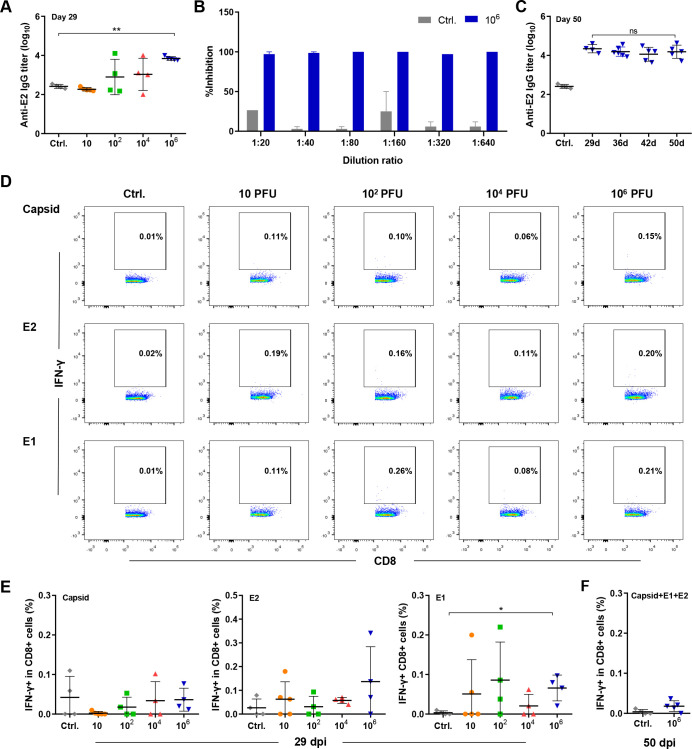Fig 4. Immune responses induced by CHIKV infection.
Neonate C57BL/6 mice (6–8 days old) were infected by intradermal injection with 10−106 PFU of CHIKV. (A) Serum anti-E2 IgG was detected by ELISA in all groups at 29 dpi. (B) The neutralizing capacity of the serum from the mice in the control group and the 106 PFU group was tested by the PRNT assay. (C) Serum anti-E2 IgG in the 106 PFU group was assessed by ELISA at 29, 36, 42 and 50 dpi. (D, E) Splenocytes were isolated at 29 dpi or (F) 50 dpi and stimulated with CHIKV-derived capsid, E2 and E1 peptides for 4.5 h, and the frequencies of IFN-γ-producing CD8+ T cells were assessed by FACS. Ctrl, control mice inoculated with BHK-21 cell supernatant. n = 4 mice per group. All data are presented as the mean ± SD. *: p< 0.05; **: p< 0.01; ***: p< 0.001; statistical relevance was determined by one-way ANOVA.

